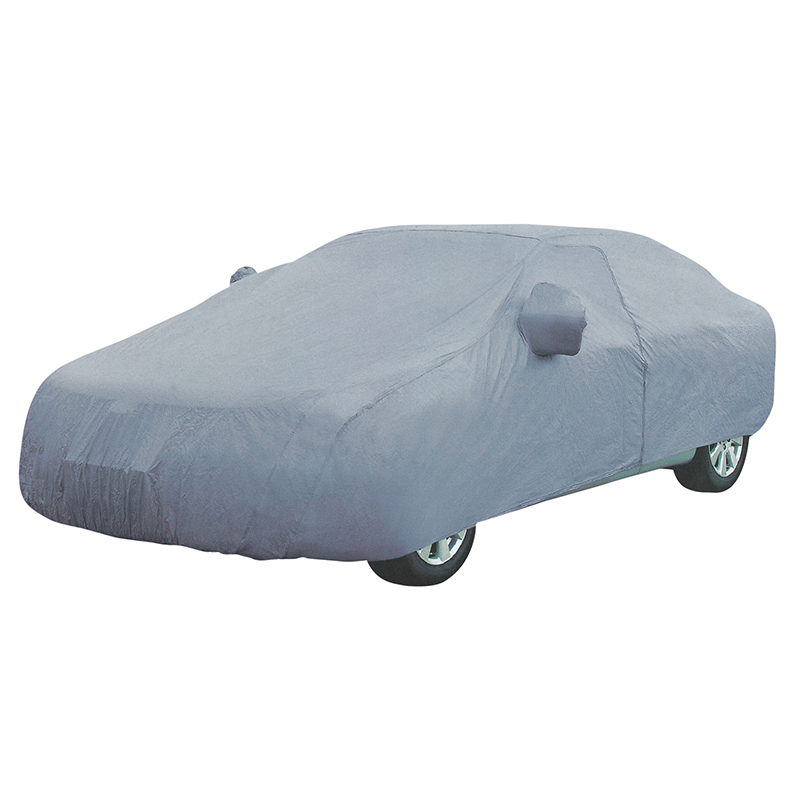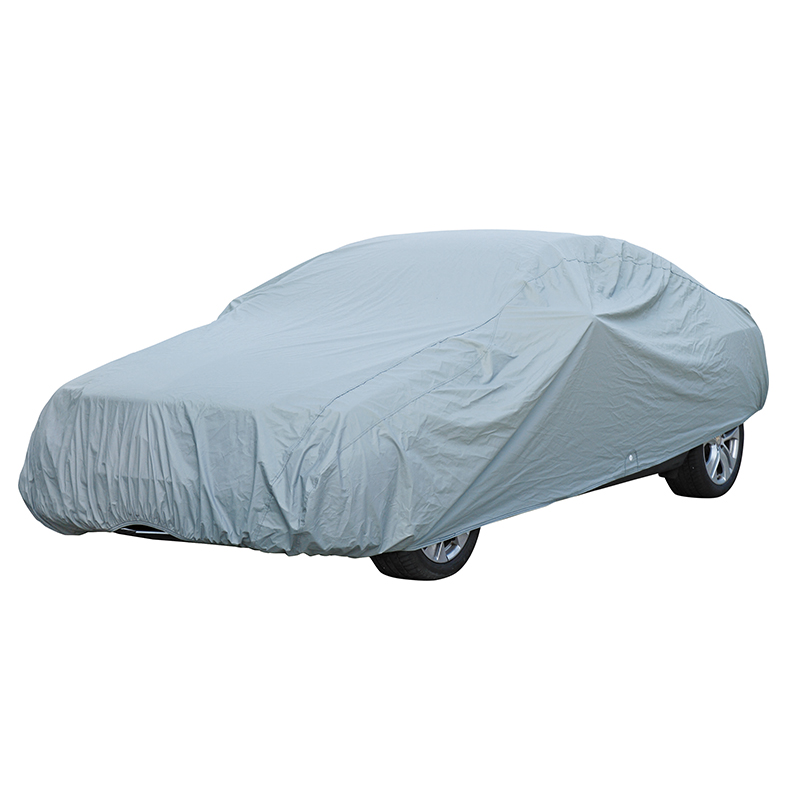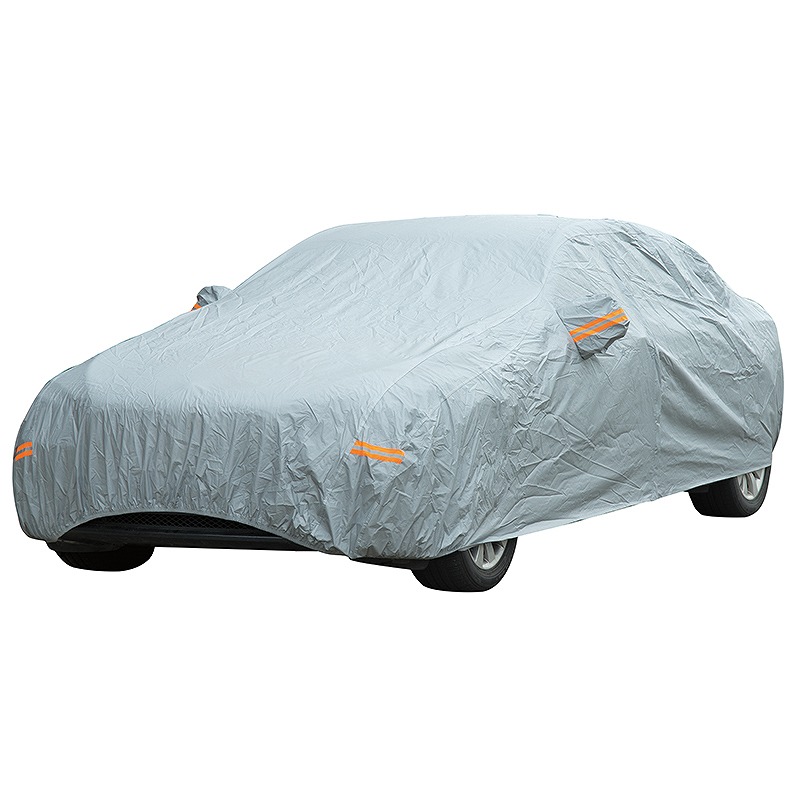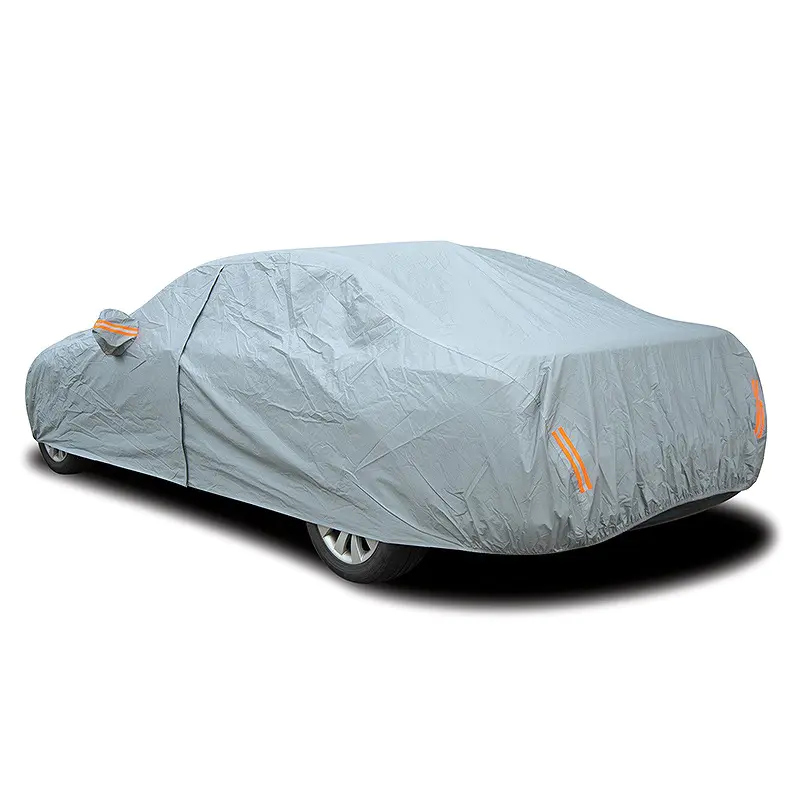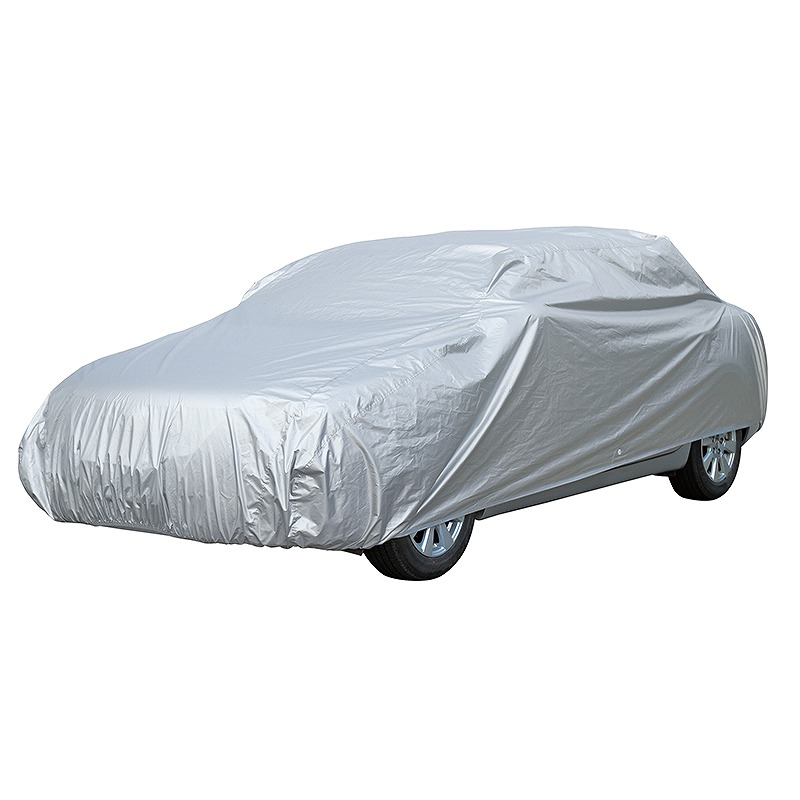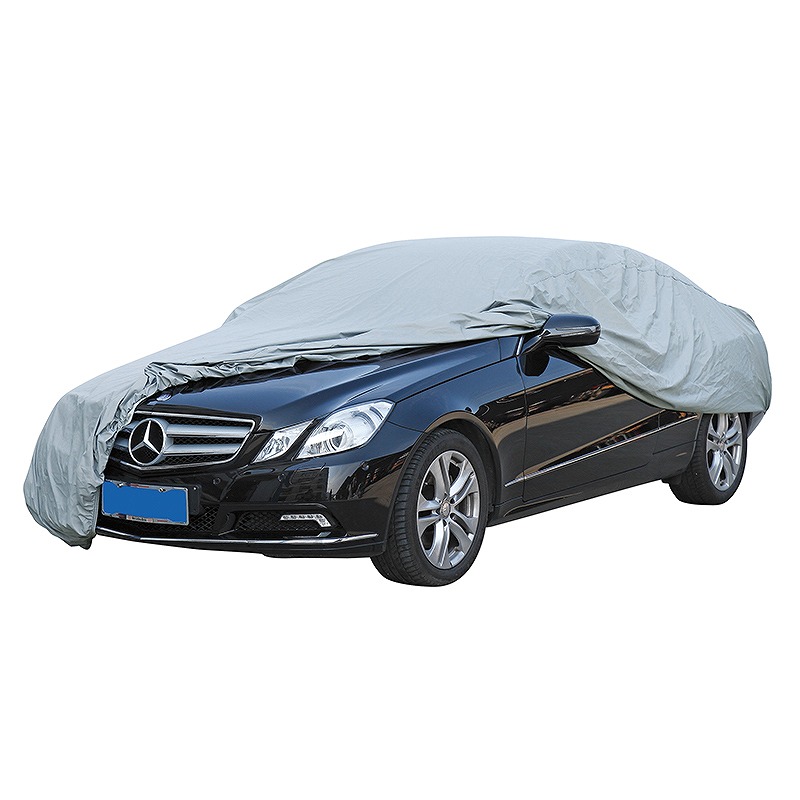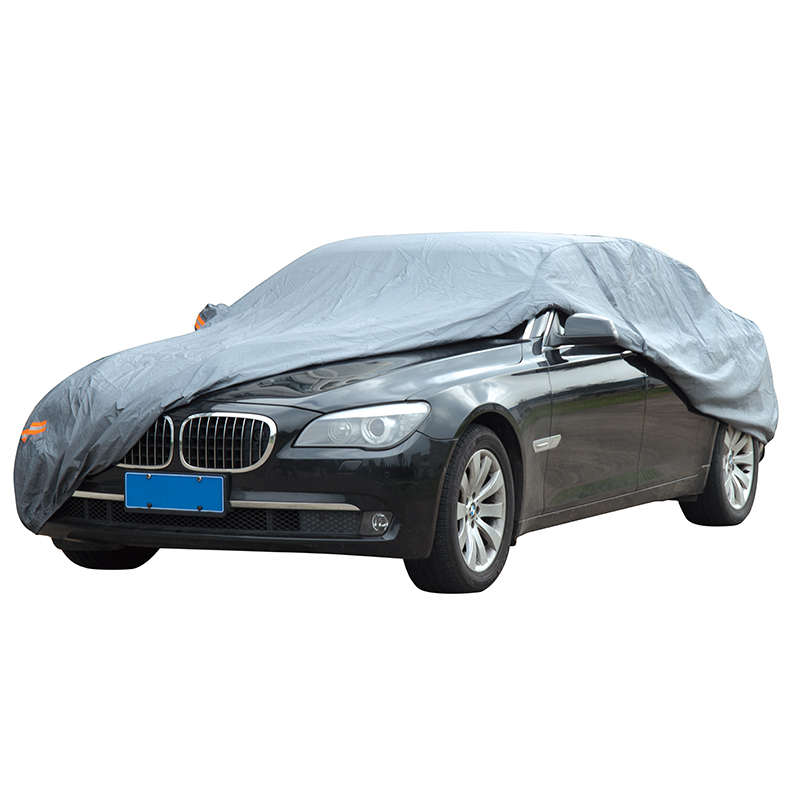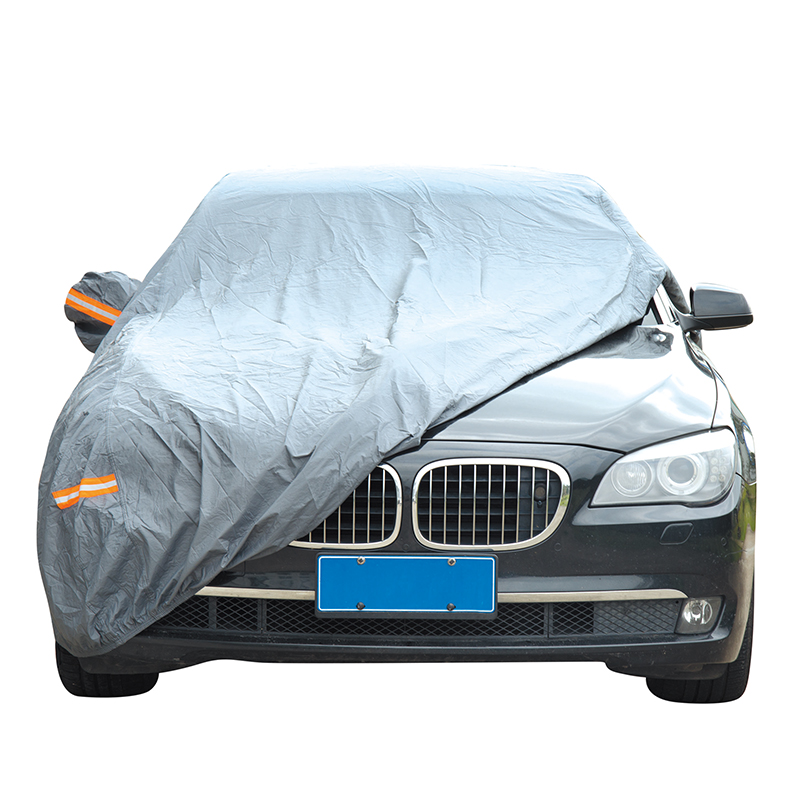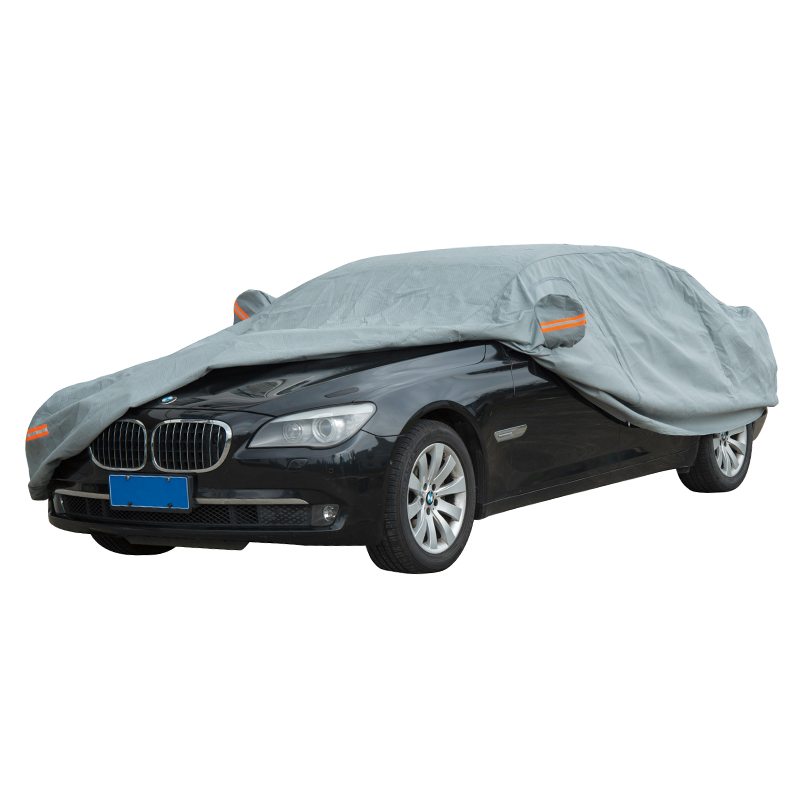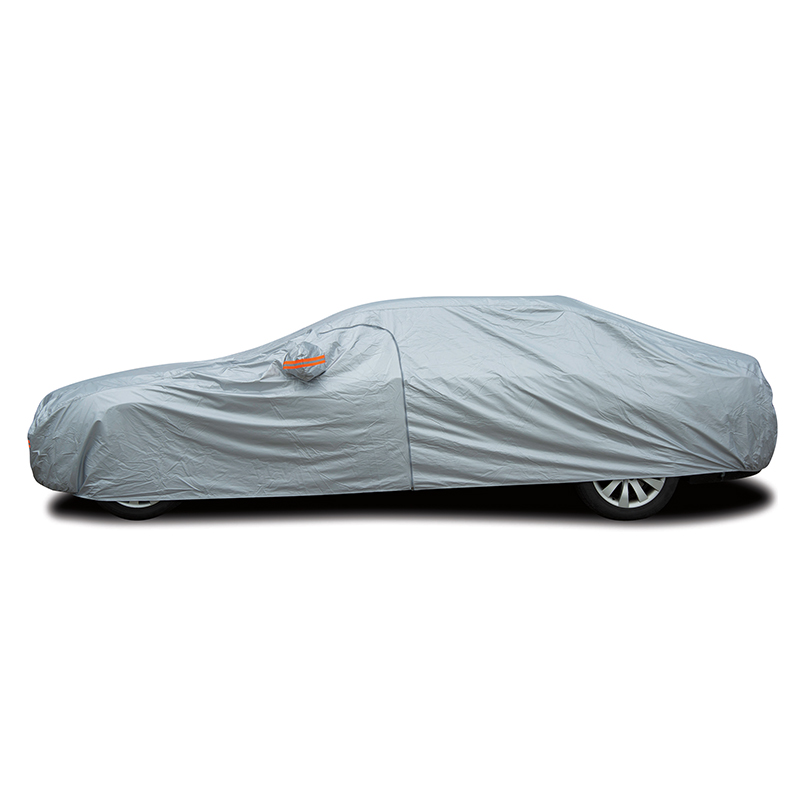Selecting suitable steering wheel covers and car seat covers represents a considered approach to preserving a vehicle’s interior aesthetics and functional integrity. While such accessories are frequently associated with style enhancements, they serve a broader role that includes safeguarding surfaces from mechanical wear, environmental factors, and daily use. For owners committed to maintaining the value and condition of their vehicles, a nuanced understanding of material properties, design configurations, and care practices can yield long-term advantages.
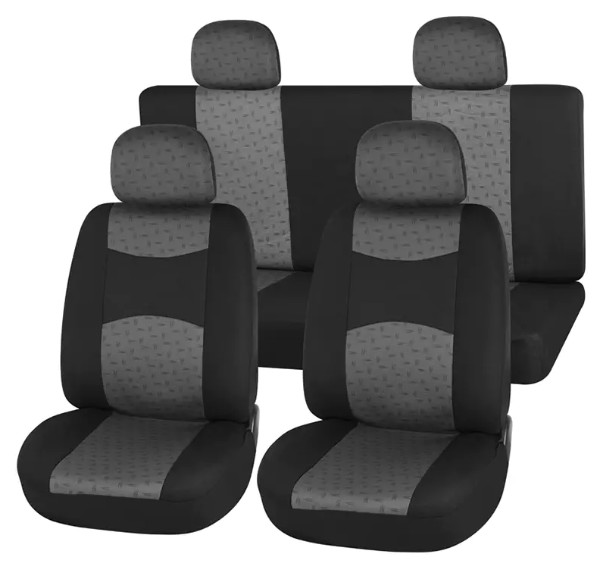
Functional Attributes of Steering Wheel Covers
A frequently touched component in any vehicle, the steering wheel will inevitably experience wear and tear from repeated contact with skin oils, temperature fluctuations, and friction. Long-term exposure to these elements will cause the original material to gradually fade, degrade in texture, and eventually crack. Integrated specialty covers can create a protective barrier that absorbs this impact, thereby mitigating cumulative damage.
Material selection remains central to performance. High-grade synthetic leather offers a refined appearance and can be wiped clean without specialized products, whereas microfiber compositions deliver a softer feel and enhanced grip, particularly beneficial for drivers operating in humid climates. Textured rubber variants are also increasingly popular, as they combine thermal stability with reliable traction during extended use. Ensuring dimensional compatibility—taking into account the steering wheel’s diameter and circumference—minimizes the possibility of slippage, which can interfere with precise control.
Certain designs incorporate layered padding intended to reduce hand fatigue during continuous driving. This feature can be significant for operators of commercial vehicles or those engaged in long-distance travel. A periodic assessment of fitment is advisable to confirm that the cover maintains uniform tension and remains securely positioned over time.
Car Seat Covers as a Comprehensive Protective Solution
Car seat covers contribute an additional layer of defense against an array of common hazards, including ultraviolet degradation, accidental spillage, and friction-induced wear. For families transporting young passengers or pet owners concerned about claw marks and fur accumulation, tailored seat covers present an efficient means to simplify cleaning and prolong the usable lifespan of the original upholstery.
Options range from single-piece slipcovers designed for rapid installation to multi-component configurations engineered to mirror complex seat contours. It is essential to verify that any chosen product accommodates integrated safety systems such as side airbags, as well as functional features like adjustable headrests and storage compartments. Overlooking these considerations can undermine both comfort and safety compliance.
Textile compositions are typically favored for their breathability, which helps moderate surface temperatures during warmer months. In contrast, synthetic leather and neoprene derivatives demonstrate higher resistance to moisture and staining, rendering them appropriate for vehicles subjected to frequent exposure to outdoor conditions. Color selection not only affects perceived spaciousness but also dictates maintenance demands, as darker shades conceal debris while lighter tones emphasize cleanliness.
Installation Protocols to Achieve a Precise Fit
Achieving a satisfactory outcome begins with surface preparation. Before fitting any cover, a thorough cleaning regimen is critical to remove embedded particles that could cause abrasion or compromise adhesion. For car seats, detaching the headrests facilitates smoother alignment and prevents distortion of seams.
During installation, meticulous alignment along seat edges and consistent tension across fasteners are imperative to avoid bunching or lateral movement. Attachment systems vary by manufacturer but often include elastic bands, anchoring hooks, and hook-and-loop closures engineered to maintain stability during entry and exit. Steering wheel covers typically require methodical stretching to ensure symmetrical coverage without residual folds or uneven pressure points.
Subsequent validation steps, such as adjusting seating positions and verifying unobstructed control operation, are recommended to confirm compatibility. In the case of steering wheel covers, a gentle rotational test can detect latent slack that might otherwise emerge under dynamic driving conditions.
Maintaining appearance and performance through maintenance
Routine care can keep these accessories protective and beautiful. Steering wheel covers are best cleaned regularly with a non-abrasive cleaner, while seat covers usually require vacuuming and spot treatment to prevent particle accumulation in the seams.
When seat covers are included in a regular maintenance plan, they can maintain a consistent appearance within the vehicle and maintain resale potential by reducing visible signs of wear. In addition, seat covers can provide a fresh cabin atmosphere with seasonal changes, meet changing style preferences or functional needs, without a large investment of money or labor.
Owners can strike a balance between protection and appearance by evaluating the characteristics of different materials, ensuring proper installation, and taking reasonable care measures.

 English
English 中文简体
中文简体 русский
русский Español
Español Deutsch
Deutsch عربى
عربى